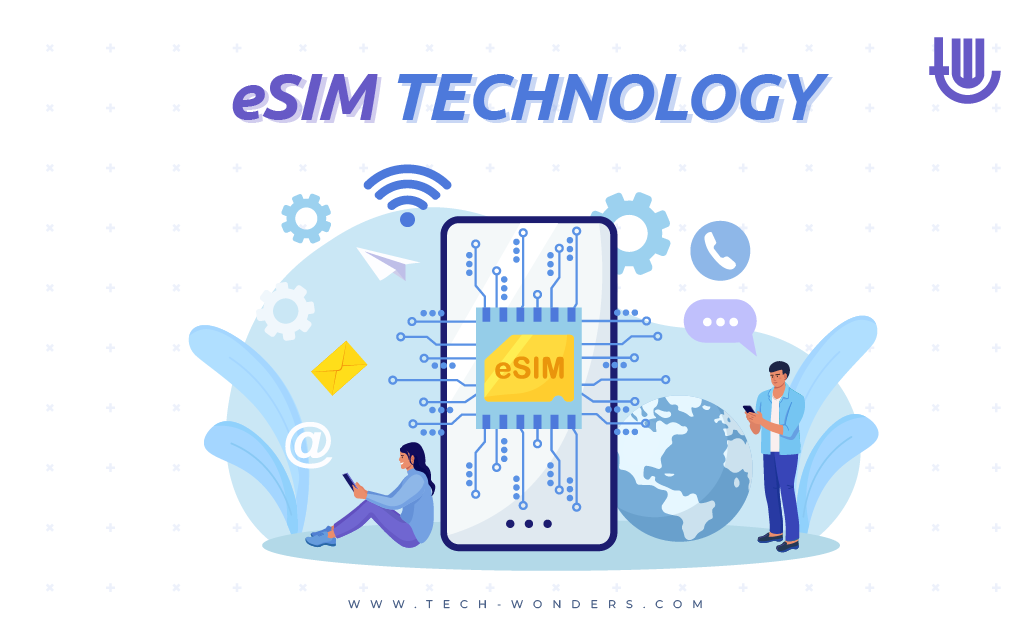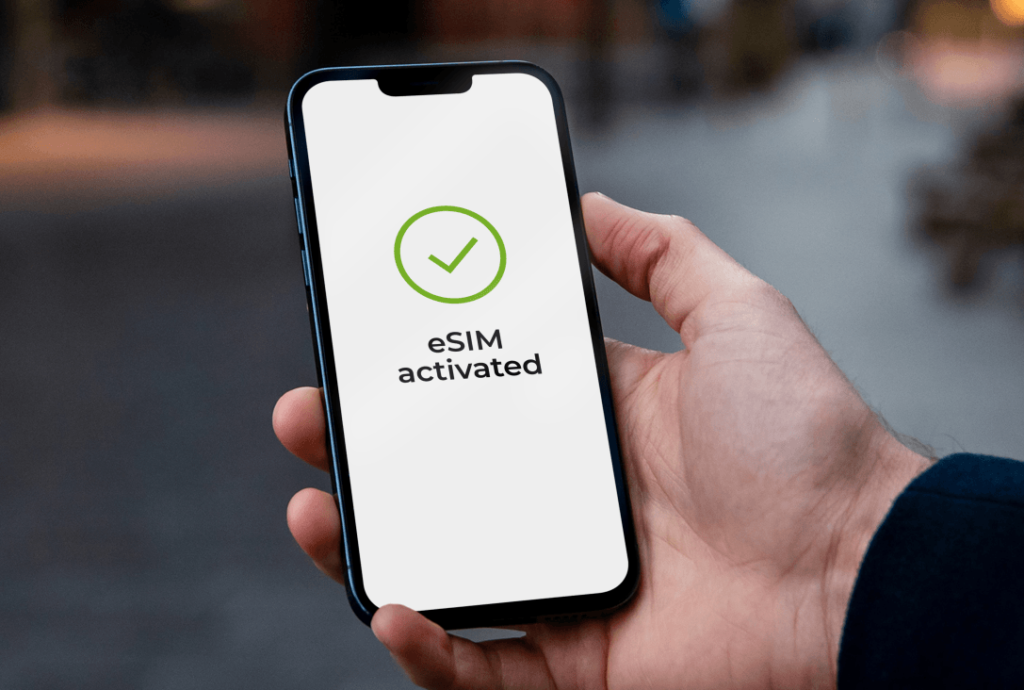
The telecommunications sector has seen sweeping advancements, with embedded SIM or eSIM management and implementation standing out prominently. This powerful piece of technology offers a level of flexibility and control that was previously unimaginable.
And as more IoT devices emerge on the market, eSIMs are becoming more vital than ever. For mobile network operators (MNOs), this presents a host of benefits ranging from revenue generation opportunities to improved operational efficiencies.
But before dashing off to the advantages, you should understand what eSIMs are and how they operate to better channel their potential.
eSIMs and How They Work
There was a time when the only option was to slip in a plastic SIM card to activate a mobile phone. And regardless of the mobile service provider, this SIM card was programmed to work only with that specific operator network, resulting in a carrier-bound relationship. If a user wanted to switch carriers, it meant having to acquire a new SIM card.
In contrast to this, an eSIM is essentially an electronic version of the traditional SIM card programmed to be activated, updated and managed remotely. Instead of inserting a SIM card into a device yourself, eSIM chips come pre-built directly into smartphones, tablets and watches.
Activating an eSIM is a digital process, typically involving scanning a QR code or entering an activation code provided by the mobile network carrier. This process can usually be completed within the device settings, under the cellular or network options.

After setup, an eSIM delivers the same functionality as conventional SIM cards and allows users to connect to their mobile network easily. It also offers greater convenience since users can switch carriers without the need to replace their SIM card.
The Global Adoption of eSIMs
The use of eSIMs is zooming ahead at an impressive speed. In fact, the global eSIM market is projected to reach USD 5420 million by 2030. And Juniper Research forecasts that there’ll be close to 3.4 billion devices equipped with eSIMs by 2025.
Companies like Apple have been instrumental in promoting eSIM technology and aiding its worldwide adoption. With its latest release, the iPhone 14, Apple has chosen to go eSIM-only in the U.S. In doing so, the company is effectively guiding consumers toward embracing eSIM technology and setting an example for other tech giants to follow.
This technology is not just a low-profile solution but is anticipated to become integral to commercial and internet-of-things or IoT applications. By 2026, it’s estimated that 6% of all eSIMs will be attributed to the IoT sector globally.
The Benefits of eSIM Technology for MNOs
The wide adoption of eSIMs has many positives for mobile network operators. Here are some advantages that come with eSIM technology:
1. Revenue Generation Boost
A key aspect of the technology is eSIM personalisation which allows users to change networks easily and customise their plans according to their needs. This feature can help MNOs expand their subscriber base significantly and reduce churn rates.
Additionally, eSIMs allow MNOs to extend their offerings to include not only mobile phones but also tablets, laptops, and wearables. They also enable fresh customer acquisition strategies like free network trials.
Finally, machine-to-machine (M2M) eSIMs give MNOs the opportunity to generate huge revenues from IoT, as these devices usually require high-speed, stable cellular networks to perform data transmission and software updates in real time.
2. Improved Customer Experiences
A paramount benefit of eSIM technology is the flexibility it offers to customers. As mentioned before, eSIMs allow customers to switch carriers and plans without changing their SIM card. This adaptability is especially important to travellers and business professionals who often have to change networks to stay connected overseas.
eSIM technology also streamlines the customer onboarding and service provisioning process. Users can activate their services digitally, eliminating the need to manage the logistics associated with physical SIM cards. This digital-first approach reduces costs and improves operational efficiency for MNOs, making the transition to eSIMs a financially viable option.
3. Pioneering Role in the IoT Market
Billions of IoT devices are expected to come online in the next few years, and this surge could have potential for MNOs. The remote programmability of eSIMs allows them to be updated or changed without the need for physical access. This makes them an excellent match for IoT devices in hard-to-reach locations.
Early adoption of this technology by MNOs could help them navigate the increasing complexity and scale of IoT deployments. This isn’t just about seizing a new market opportunity; it’s about preparing for the infrastructure demands of an increasingly interconnected future.
4. Environmental Sustainability
The transition to eSIMs can significantly reduce CO₂ emissions as it eliminates the need for the physical production of plastic cards, their packaging, and the extensive logistics involved in the distribution of SIM cards, which leave a substantial carbon footprint.
Additionally, using eSIMs negates the necessity for physically replacing SIM cards when an update is needed. Instead, a new eSIM profile can be downloaded directly to the device,thereby reducing waste.
By adopting eSIM technology, MNOs can take part in the global shift towards a more environmentally sustainable mobile industry.
5. Better Security
Security is a top concern in today’s digital landscape for both consumers and network operators.
eSIMs offer an additional layer of protection. Since eSIMs are embedded into devices, they cannot be removed if a smartphone is lost or stolen. This reduces the risk of fraudulent activity and helps protect user data.
6. Streamlined Inventory Management
For MNOs, eSIMs can simplify inventory management.
Since customers no longer need physical SIM cards, there won’t be a reason to keep them in stock. This means less inventory to manage and fewer associated costs.
eSIM Here to Stay
With digitalization and IoT integration on the rise, eSIM is quickly becoming a major player in the mobile industry. From increased revenue to improved customer experiences and operational efficiency, the benefits of eSIMs are manifold.
As such, it’s time for network operators to embrace this technology and leverage its potential. Only then can they future-proof their networks for the technological revolution that lies ahead.